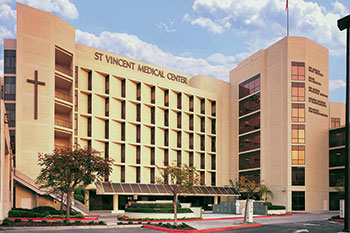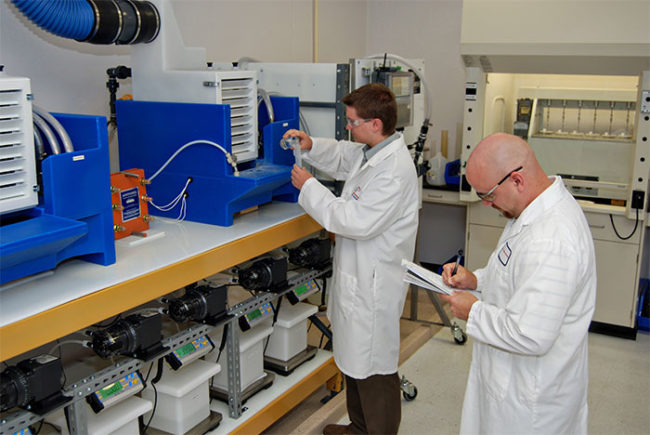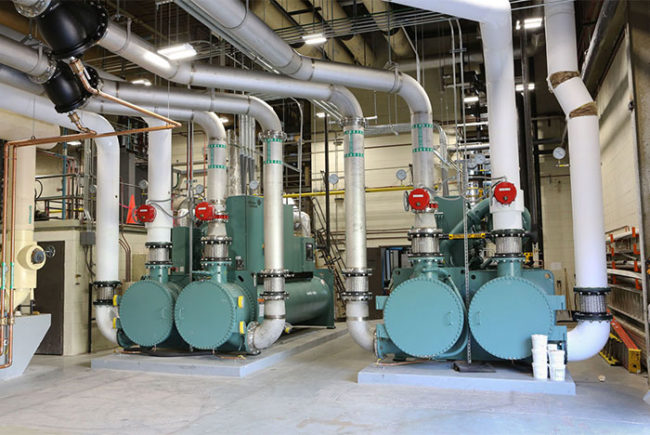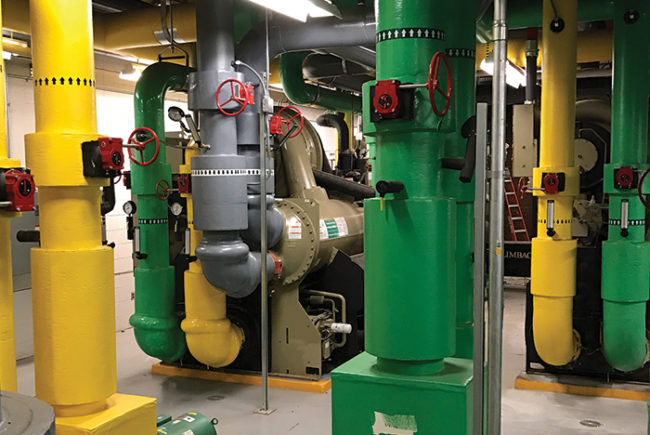 |
|
St. Vincent Medical Center is reducing water use and saving money through cooling tower upgrades. Photo courtesy of St. Vincent Medical Center |
Efficiency upgrades to its cooling towers have cut the water bill for St. Vincent Medical Center, Los Angeles, and also put the organization well ahead of the State of California's requirement to reduce water consumption by 20 percent by 2020.
St. Vincent teamed up with U.S. Water Services, St. Michael, Minn., which provides water treatment solutions for health care and other industries, to improve efficiency of its cooling towers.
A combination of improved cooling tower water treatment and system upgrades has reduced water usage by about 3.6 million gallons in the first year of the water-saving program.
The reduction represents an expected 30 percent decrease in water use and about $76,000 in annual cost savings, says Mark Stultz, director of facilities at St. Vincent.
"Thanks to the partnership with U.S. Water, St. Vincent is caring for the environment ahead of schedule," Stultz says. "In addition, the substantial cost savings can be redirected as needed for facilities or for patient care."
After conducting a water use audit, U.S. Water focused on making changes to the cooling tower operation. The company increased system performance by installing new equipment and increasing the cycles of concentration to reduce scaling and harmful deposits that hinder efficiency, says Alexandra Causey, applications engineer, U.S. Water Services.
"We did a retrofit to a fully automated system, which allowed remote access and control by U.S. Water so that there were eyes on the cooling tower system around the clock," Causey says. U.S. Water provides Stultz with regularly scheduled reports on cooling tower performance.
The medical center was able to utilize incentives and rebates from the Los Angeles Department of Water & Power and the Metropolitan Water District of Southern California to offset the cost of the cooling tower upgrades.
Stultz says St. Vincent will save an additional $30,000 annually by earning evaporation credits from the Los Angeles Bureau of Sanitation.
"If you can prove what percentage of water evaporated through the cooling towers instead of drained into the sewer system, the bureau will credit you that money and all future sewage bills," Causey says.
She encourages hospitals that are seeking ways to reduce water usage to look at cooling towers for possible inefficient operation. "If cooling towers are running low cycles of concentration, that's hundreds of thousands of gallons of water wasted each year," she says.
Stultz advises hospital facility staff to "know what you don't know" about how to cut costs with cooling tower operations, and find a vendor who can help.
"We did not have the knowledge about what rebates and incentives were available to us," he says. "That's why we partnered with U.S. Water because it was able to facilitate that process and made it very simple for us."
He urged hospitals to conduct a water usage audit that will provide them with a baseline for identifying potential savings opportunities.





